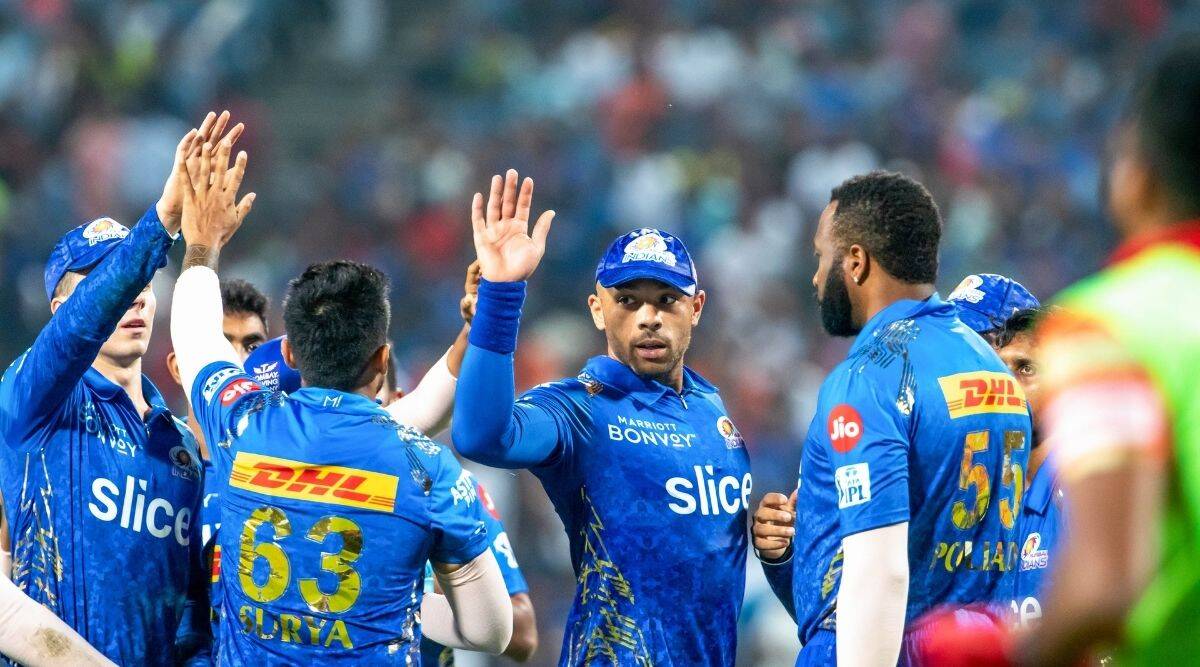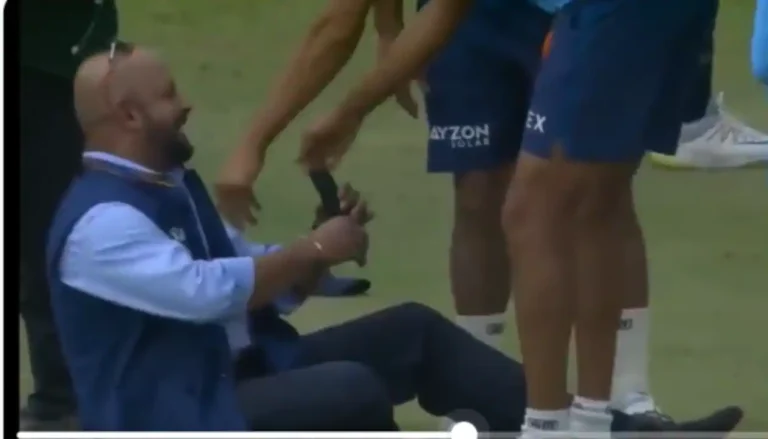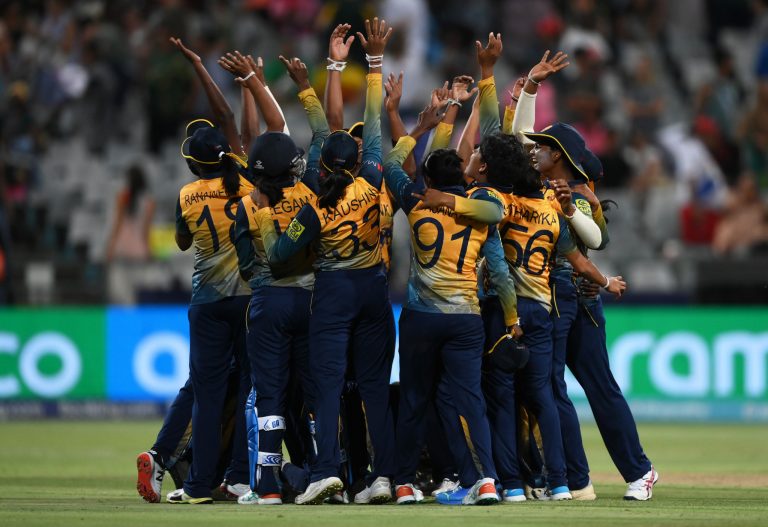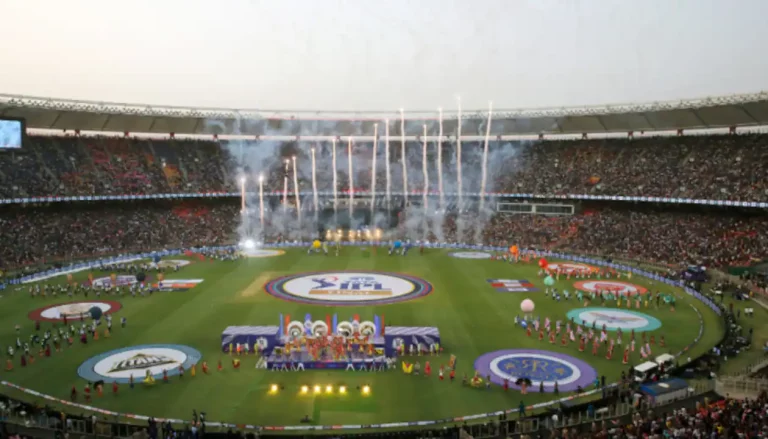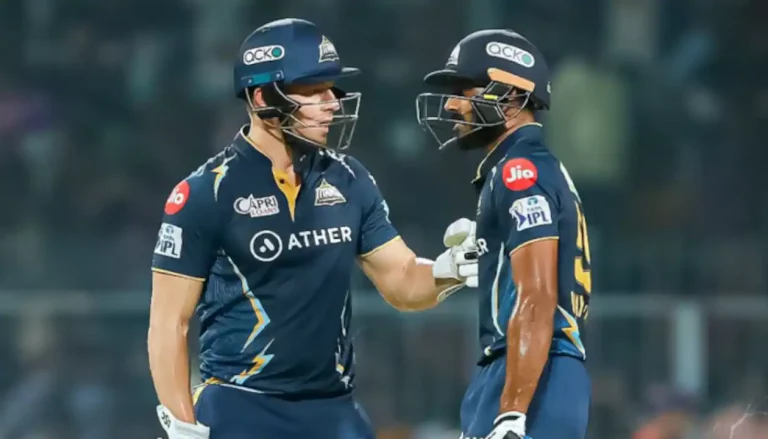Is There Anything More Indian and International Than the IPL?
Is there anything more Indian than the IPL? Some Indians would be offended by that.
Yoga, Bollywood, and a wide range of foods are just a few examples.
Get up to ₹20,000 Bonus Every Week!
Get up to ₹20,000 Bonus Every Week!
- Easy Sign-Up and Deposits
- Win 1000x Bet Amount!
- Available in four different Indian languages
But just as it would be arrogant to think everyone knows who or what “Adho Mukha Svanasana,” “Shah Rukh Khan,” or “Roti” are, it would be foolish to think everyone knows that cricket was played in India before April 18, 2008.
Since Royal Challengers Bangalore and Kolkata Knight Riders played the first IPL match on the Chinnaswamy, the event has done for cricket what slicers have done for bread.
The kind of bread that comes in loaves. So not roti. Nor indeed chapati, naan or paratha.
Bollywood blares with blingy bombast on screens far from India in front of people who are anything but Indian.
Yoga has been messed up in Westernised countries by adding pseudo-spiritual jargon, aromatherapy candles and incense, and statues of Buddha that don’t fit.
But you can’t take India out of the IPL, even though you can take the IPL out of India, as was done in 2009, 2020, and parts of 2014 and 2021.
Even the tournament’s rival, South Africa’s SA20, is more Indian than South African.
In fact, the fact that all six teams in the SA20 are owned by the IPL is a big part of why sponsors, networks, and fans are interested in it.
The IPL has made huge and permanent changes to cricket.
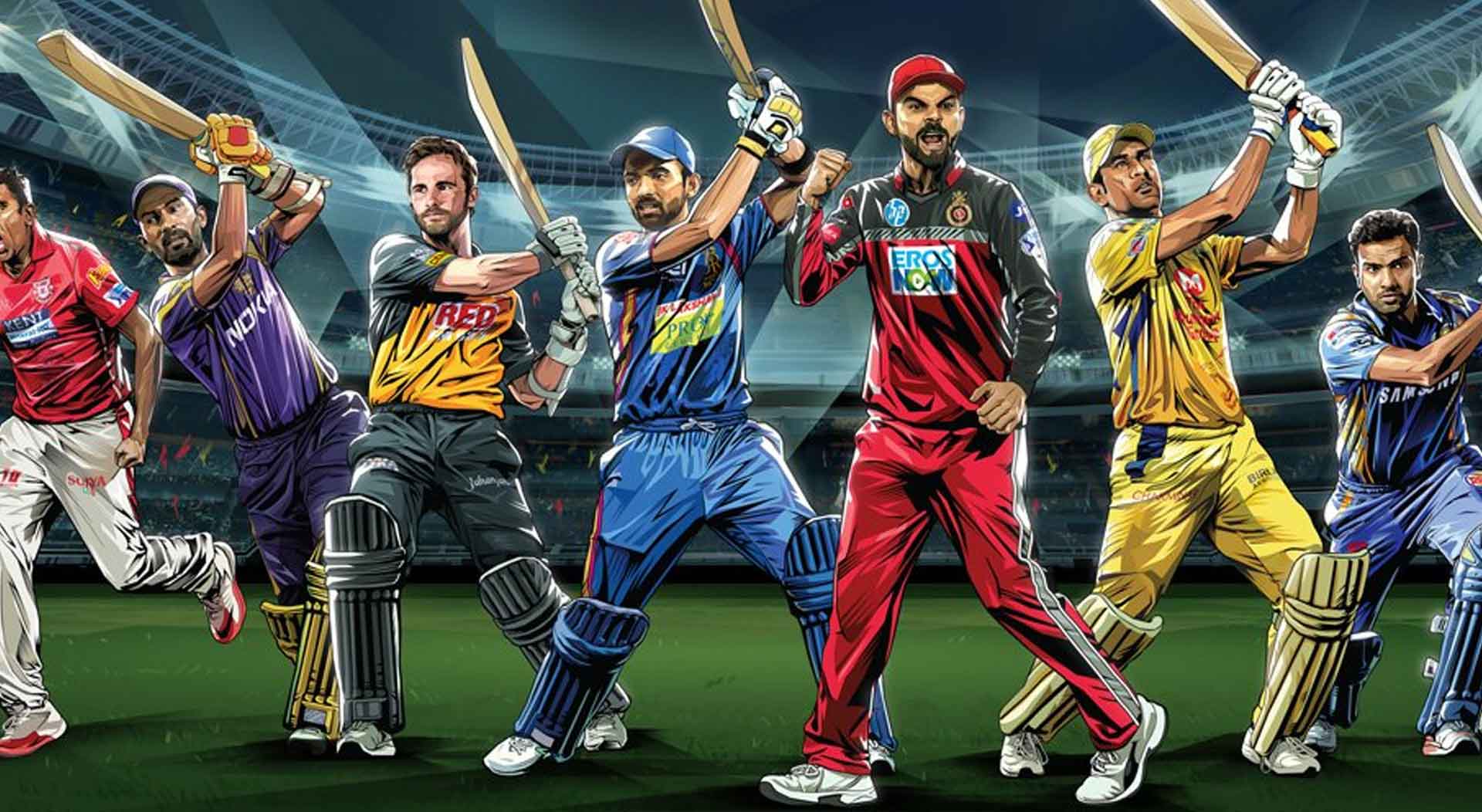
So much so that it’s hard to remember when these few weeks weren’t the most important part of the global game’s yearly schedule.
Non-Indians who like cricket can hardly think of anything more Indian than the IPL, whether they watch it in person or from afar.
Except that’s never been the case. Since the beginning of the game, foreigners have been a big part of it. Shane Warne was the team’s first winning leader.
Shane Watson was its first player of the series. Shaun Marsh and Sohail Tanvir were its first top run-scorers and wicket-takers, respectively.
Admittedly, strangers have only swept those boards once, in 2008.
But Indians have only won twice: MS Dhoni, Sachin Tendulkar, and Pragyan Ojha in 2010 as player of the series and top batter, and Dhoni, Harshal Patel, and Ruturaj Gaikwad in 2021 as player of the series and top bowler.
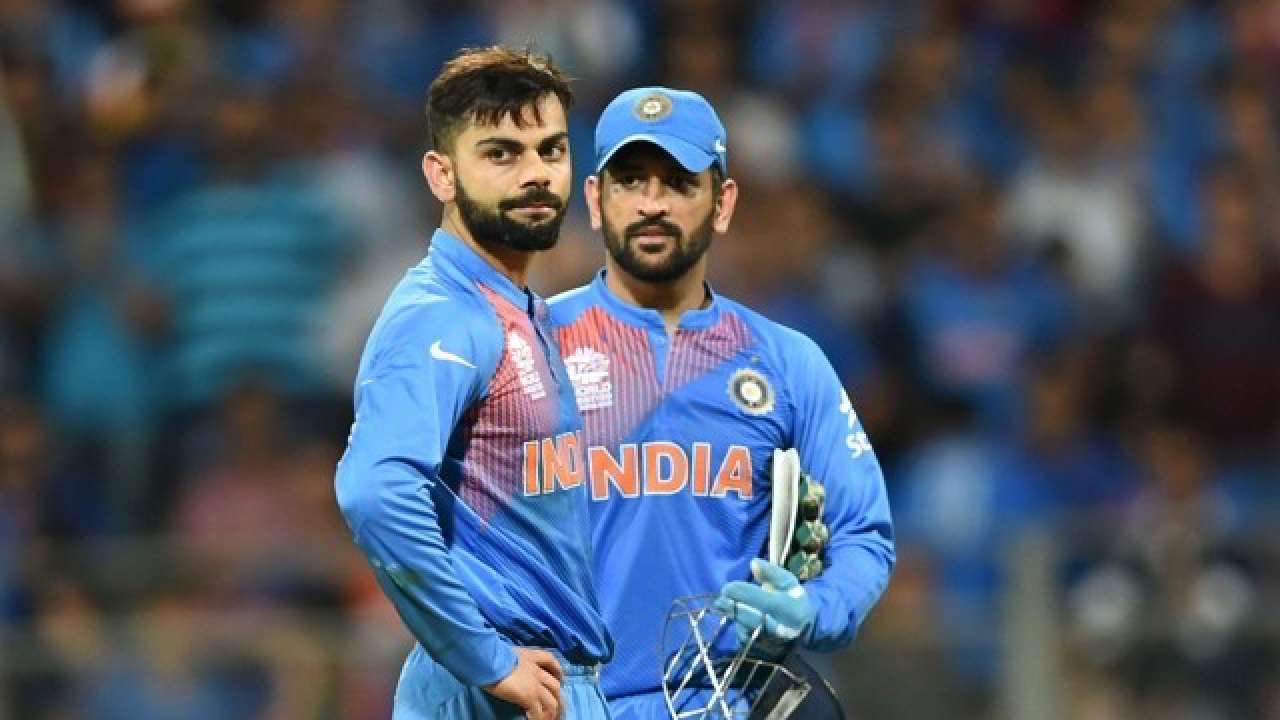
A foreigner has been called the best player in the IPL four times as often as an Indian, which is 12 times.
Outsiders have scored more runs than locals 10 times, while locals have only done it five times.
In bowling, where foreigners have won the prize eight times and Indians only seven, the number is closer to even.
Of the 405 players who were up for sale for this year’s IPL, 132 were not Indian. That is just under a third.
The same was true for 42.15%, or 51 of 121, of the support staff named at the time of the auction.
This included everyone from the CEOs to the lead and junior masseurs and the “throwdown specialist” for the Gujarat Titans, Ashok Sadh.
But playing is an individual activity at its core, and teachers aren’t in the spotlight when things go well or badly.
Captaincy asks different questions of those lucky or cursed to be given its chalice.
Not only do they have to play well—better than their peers—to avoid being seen as holding their spots because they are leaders, they are also expected to motivate others to play as well, if not better. In some ways, they are also teachers.
What might it mean for a person who is not Indian to lead a team on cricket’s biggest modern stage, especially if they are a captain?
It’s a question that should have never been asked of Shaun Pollock.
He was the captain of South Africa in 119 games across all forms, three ODIs with the ICC World XI, and two more with the Africa XI.
However, he was only the captain of the IPL by chance.
Pollock told Cricbuzz, “It was the first year, so I didn’t know anything about any of the players, so I was a little unsure about being captain.”
“But Sachin was hurt, Harbhajan got banned, and Sanath didn’t want to do it. I did it because of this.”
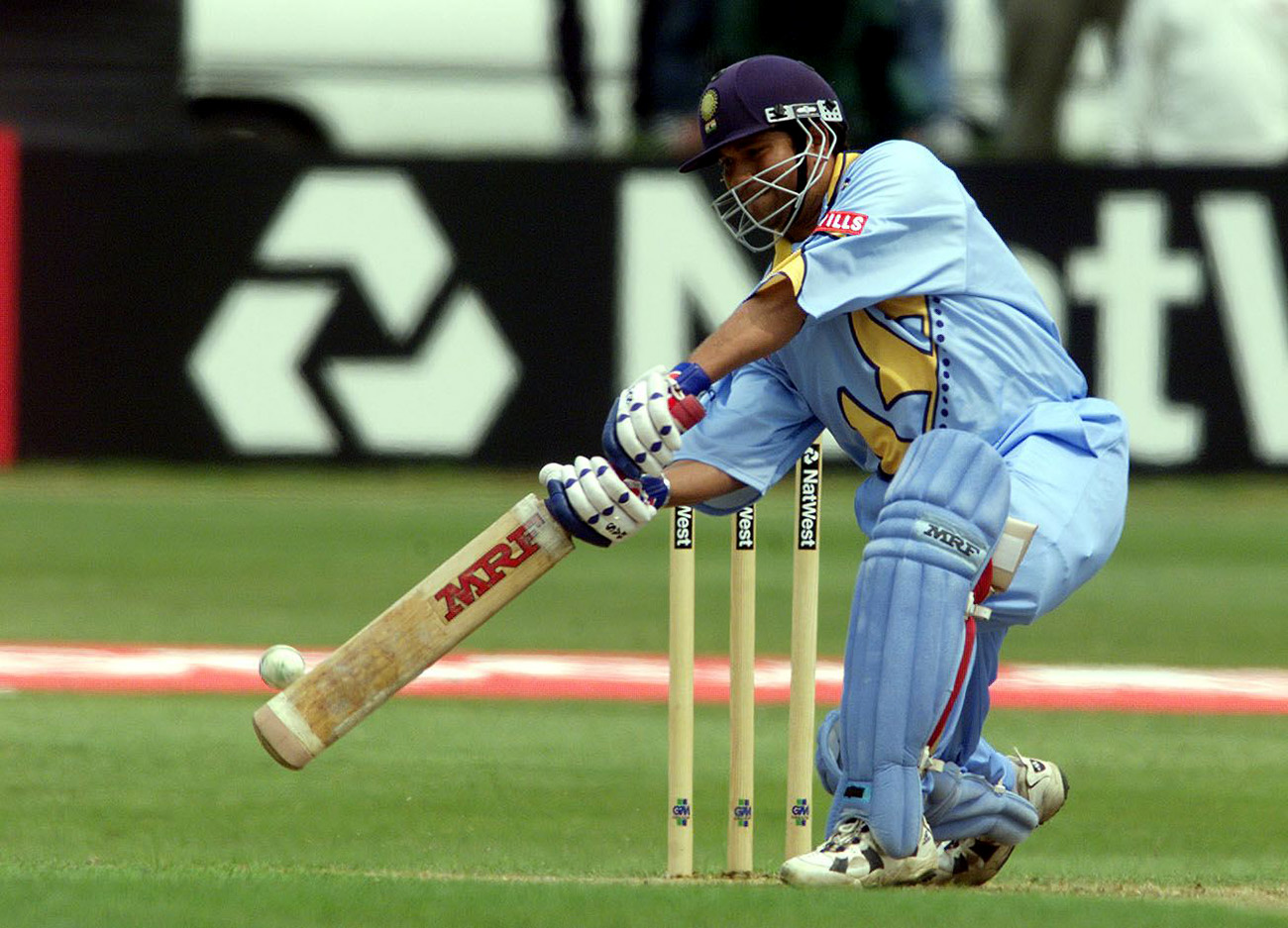
Sachin Tendulkar, who was named leader of the Mumbai Indians, missed the first half of the first IPL because he hurt his groyne.
In Tendulkar’s place, Harbhajan Singh was given the job, but he was banned for the rest of the event for hitting Sreesanth after the third match.
All three games went against Mumbai. No one knows if Sanath Jayasuriya was really unwilling to step up, but it seems clear that Pollock made a positive difference.
His team lost by 10 wickets to Deccan Chargers in their first game with him in charge, but they won their next three games before Tendulkar took over and led them to another three wins in a row.
“The challenge is understanding the locals, knowing their skills and strengths, and trying to figure out how to get the best out of them,” Pollock said of his IPL management experience.
“It can be hard to communicate, but I think that has changed a lot. International players who are now captains really do know their team.
They’ve probably been with them for a couple of years, so I don’t think that’s as big of a problem.
“It was hard to understand the rules. I relied on what the locals told me about pitches and how they might or might not play.
Also, there wasn’t a lot of research back then. So I used to rely on what they knew about the other area players we played against.
With all the teachers and advisors that teams have these days, the experts give you a pretty good idea of where to bowl and how to set up the pitch.
JP Duminy was the captain of the Delhi Daredevils when they played 14 games in 2015 and two games the following year.
He only led Delhi to six victories, but for him, being a leader was about more than just winning.
Duminy, who also played in the PSL and the CPL, told Cricbuzz that investing in the culture of the place he was in was important.
“In India, I tried as hard as I could to talk to the local players and find a shared goal in what we were playing for.
In the end, it’s to try to win the race, but it’s also about investing in something deeper, like learning what makes local taste tick and building strong, honest relationships.
Leadership isn’t just about being in charge; it’s also about getting the most out of the people you’re in charge of.
I saw that quote by Simon Sinek, an American author and motivational speaker, and I think it fits.
Duminy focused some of his attention on the energy he could feel from the crowd: “There are rituals that happen in India outside of playing that we need to understand; how passionate the fans are, and how important it is to try to find a way to connect with them.”
It can be overwhelming, but having the patience to do that is a big part of getting people to cheer for the team you play for.”
There has never been an IPL season without at least one foreign leader.
In 2011, five of the ten teams were led by people who were not Indian.
Two years later, the foreigners were in charge of five of the nine sides, making them the majority.
But Indians have led teams to victory 12 times, which is to be expected since they have led 87 of the 126 teams before this year.
Only Warne in 2008, Adam Gilchrist a year later, and David Warner in 2016 are foreign players who have won the IPL as captain.
Rohit Sharma has gone there five times, Dhoni four times, Gautam Gambhir twice, and Hardik Pandya once.
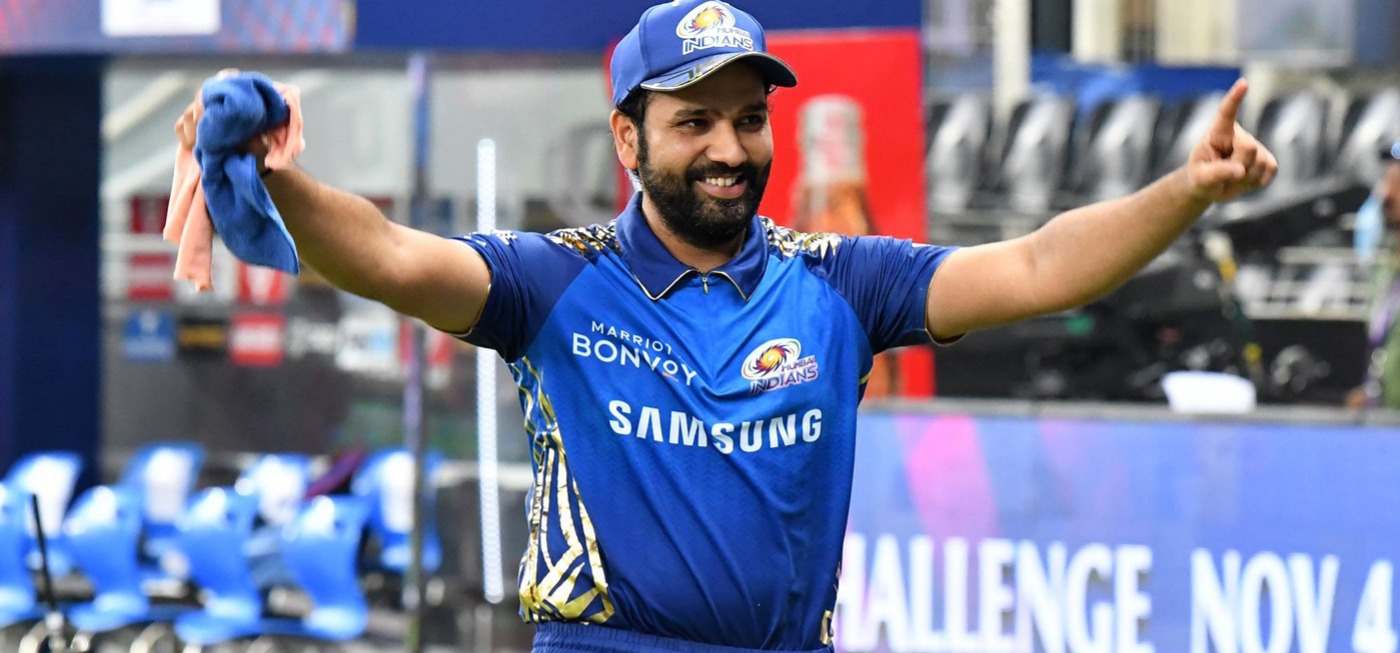
This year, Warner, who is in charge of Delhi Capitals, has a chance to become the first foreigner to lead a team to the title twice.
Faf du Plessis is in charge of RCB, while Aiden Markram is in charge of Sunrisers Hyderabad.
Get up to ₹20,000 Bonus Every Week!
Get up to ₹20,000 Bonus Every Week!
- UPI, Paytm, gPay & PhonePe withdrawals
- Fast deposits with UPI
- Available in four different Indian languages
Sharma and Dhoni are still around and looking for more glory, and Pandya is back to try and help Gujarat do what they did last year.
Is there anything more Indian than the IPL? Maybe. But nothing else about cricket is as wonderful.
